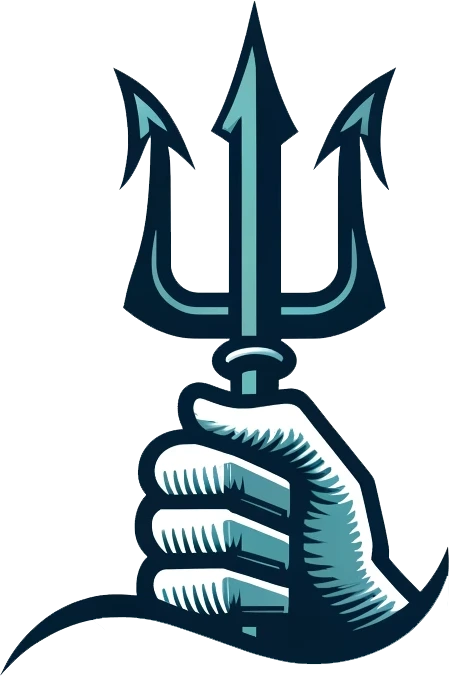In Figure 3, the comparison between the traditional cumulative exam and the longitudinal knowledge assessment lacks detailed data on completion rates and failure statistics. Such data would provide valuable context to assess the practicality and effectiveness of the newer assessment method. Could the authors include or reference these statistics to substantiate claims regarding the relative benefits of the longitudinal approach?

Additionally, the absence of specific metrics comparing patient care outcomes for physicians participating in MOC versus those exempt raises questions about the program’s real-world impact. Could this data be addressed or suggested for future studies?


The comment raises important points about the data presentation and the assessment of real-world impact in the study. My understanding is that the authors may have focused on summarizing key contrasts between the cumulative exam and longitudinal knowledge assessment methods to highlight trends rather than delve into granular completion or failure statistics. Similarly, the absence of specific metrics on patient care outcomes could reflect limitations in data availability or the challenges of linking MOC participation directly to clinical outcomes.
Could the authors clarify whether completion and failure statistics for the longitudinal method are available but were omitted for simplicity?